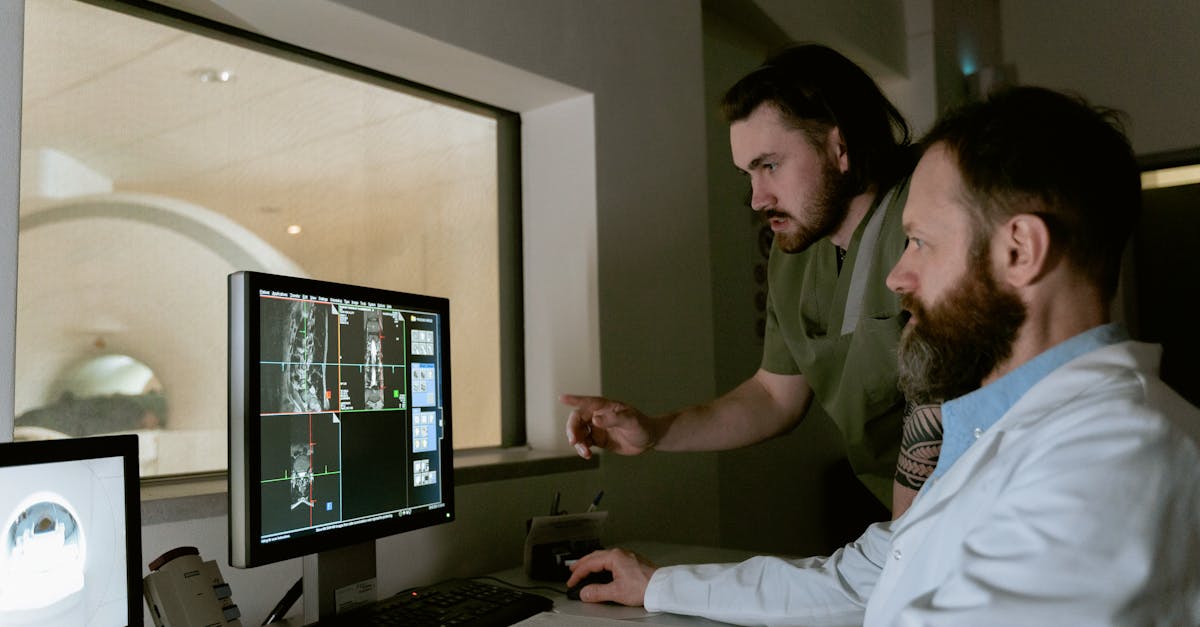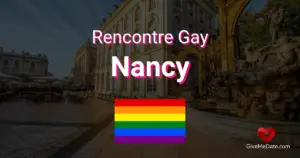Eye contact is an expression that can speak volumes and convey information about a person. An intense stare can sometimes be misinterpreted and cause misunderstandings between the people involved. In this article, we will look at how to interpret an intense stare and what possible meanings can be associated with it. We will also discuss ways to use the gaze to create bonds and connections with others.
When a person stares at you?
The interpretation of a stare can be difficult to decipher, but it can also provide valuable information. It is important to keep in mind that everyone is different and that expressions and actions can vary from person to person. A person who stares at you may be thinking or concentrating on something. It could also indicate anxiety or a sense of insecurity. In some cases, the intense stare could be an attempt to communicate a deep emotion.
An intense stare can be very powerful and profound. It can easily convey a sense of intimidation and provoke a gut reaction in the observer. It can also be used as a means of non-verbal communication between two people, allowing each to understand the underlying meaning. In this case, it is important to recognize that the look is not necessarily hostile, but rather an attempt to communicate deeper emotions.
There are also more subtle contexts when someone stares at you. For example, it may simply indicate an interest in conversation or genuine curiosity. It can also mean that a person is trying to get closer or make more personal contact with the observer. In this case, it is important to be aware that non-verbal expressions are often very subjective and can be interpreted differently by each individual.
The intense stare can also express disgust or contempt for an observer. It can indicate a lack of interest in the conversation and the speaker, as well as hostility or anger towards the current situation. In this case, it is important to note that the intense gaze can also be used as a strategy to try to manipulate the other party to get what you want.
Finally, the intense stare can also be interpreted as a form of admiration or attraction to someone or something. Sometimes this expression is used to express a passive and harmless interest in a particular subject. In this case, it is important to recognize that the intense stare should not always be taken seriously as it does not necessarily represent a deeper feeling or hostile intent.
In conclusion, the intense stare offers a wide spectrum of possible interpretations that vary depending on the context and the particular situation. The key is to recognize the various subtleties of non-verbal language in order to fully understand the underlying meaning of the intense gaze and to correctly interpret its particular meaning in each unique instance.
You may be interested in this: When a man says, "Take care of yourself
Why does a person stare at you?
The way we interpret the gaze of others can vary according to our own beliefs and prejudices. It is therefore normal to feel some discomfort when we are stared at with a particular intensity. Nevertheless, understanding why someone is staring at you can be an important step in learning to correctly interpret their gestures and facial expressions.
First of all, it is worth mentioning that the reasons why a person may stare at you can be very varied.
Indeed, she may have more or less positive intentions, especially if she is interested in what she sees and if she finds your appearance attractive. In this case, the fact that she looks at you intensely may be a sign that she appreciates your presence and wants to establish a connection with you.
On the other hand, the intense stare may also indicate that the person in front of you is trying to get information about your mental or emotional state, in order to better understand how to react to you. For example, they may want to know if you are angry or sad. This is especially common in complicated social situations where it is difficult to determine how to react. So when someone looks at you this way, it may be a sign that they are trying to understand how you feel or what you are thinking.
In addition, the person staring at you may simply be thinking about what you are saying and doing. They may be processing all the information they have and then making a decision based on it. In this case, their intense and focused attitude indicates that they are trying to understand the situation and draw logical and rational conclusions.
Finally, it is possible that the person observing you intensely is trying to find a solution to a problem or to analyze a certain amount of information before making an important decision. In this case, he or she is probably trying to accumulate relevant information in order to have a clear and objective view of the situation. If this is the case, her attitude may reflect her ability to analyze complex data and make strategic decisions based on it.
In conclusion, understanding why a person stares at us can be very helpful in correctly interpreting their gestures and facial expressions. The fact that a person is staring at us intensely can have various meanings: expression of personal interest, search for emotional information, meticulous reflection or thorough analysis of the available data before making a decision.
What does a stare mean?
An intense stare can be confusing and even frightening for some people. But that doesn't necessarily mean there's a problem. This article examines what this type of stare means.
When you watch someone stare intently at you, it is natural to feel a little uncomfortable. You might feel that he/she is one of the people trying to read your mind, or you might think that he/she is angry with you. The good news is that there are several possible explanations and most are benign.
First of all, the intense stare may simply be a way of showing how interested the person is in your conversation or in what you are saying. If you are talking to someone whose eyes do not move at all while you are talking, it can indicate that the person is very attentive and interested in what you are saying. This can be seen especially if the eyes are open while listening and if the eyebrows rise when you make an interesting remark or a funny joke.
The intense stare can also be associated with a sense of respect or admiration for the person with whom one is speaking. For example, if a student meets his/her teacher for the first time, he/she may look at him/her with admiration and stare intensely during their conversation. In this case, the stare is a natural way to show respect and gratitude for the knowledge and experience the teacher can share with him/her.
Some experts also consider that intense staring can be a subtle form of flirting or even a way to show your target that you are liked. When someone stares intensely at someone else, that person may interpret this action as an invitation to get closer - verbally or physically - and therefore as a possible sign of romantic interest. It is therefore important to keep in mind that some intense stares may have different meanings depending on the specific circumstances with which they are associated.
Finally, staring can also be used as a means of non-verbal communication between family members or close friends. For example, if your best friend stares at you during a conversation, it may simply mean "I understand you" or "I'm sorry" without having to say anything more. In this case, staring becomes a silent but powerful way to communicate with another person without using verbal language.
In conclusion, it is important to note that intense staring does not always mean that there is a problem or a cause for concern. There are several possible interpretations for this type of behavior, most of which are benign: sincere interest, mutual respect, admiration or romantic flirtation, or non-verbal communication between close friends. It is therefore important to take into account the specific context in which the look occurs in order to correctly interpret its exact meaning and significance
It is clear that the interpretation of the intense stare can be a source of confusion and stress. However, by trying to understand the reasons for this attitude, and by taking the time to observe the environment, it is possible to move towards better understanding and more meaningful communication. Ultimately, knowing how to interpret an intense stare can be very beneficial in developing more authentic relationships with others.
FAQ
What is a fixed and intense look?
An intense stare is one that is maintained on a person or object for a long period of time and with great intensity.
What kind of message can be interpreted from such a view?
Such a look can sometimes be interpreted as a form of communication, the message transmitted being generally that of a strong concentration and/or interest in the person or object.
How to react to such a look?
The best way to respond to such a look is not to take it personally and to understand that it does not necessarily mean that the person is angry or disappointed. You can try to smile or say something to show that you are aware of the look.
Why do some people tend to look at others with intensity?
Some people tend to look at others intently because they are very interested in what they see and want to make sure they get all the information they need. Others may do so to communicate emotions such as passion, love, anger or displeasure.
What are the advantages and disadvantages of using eye contact to communicate?
The advantages of using eye contact to communicate are that it can be very powerful because it can convey clear messages without words. However, it can also be misinterpreted and cause misunderstandings if the person does not know how to correctly decipher the message that is being conveyed.
















